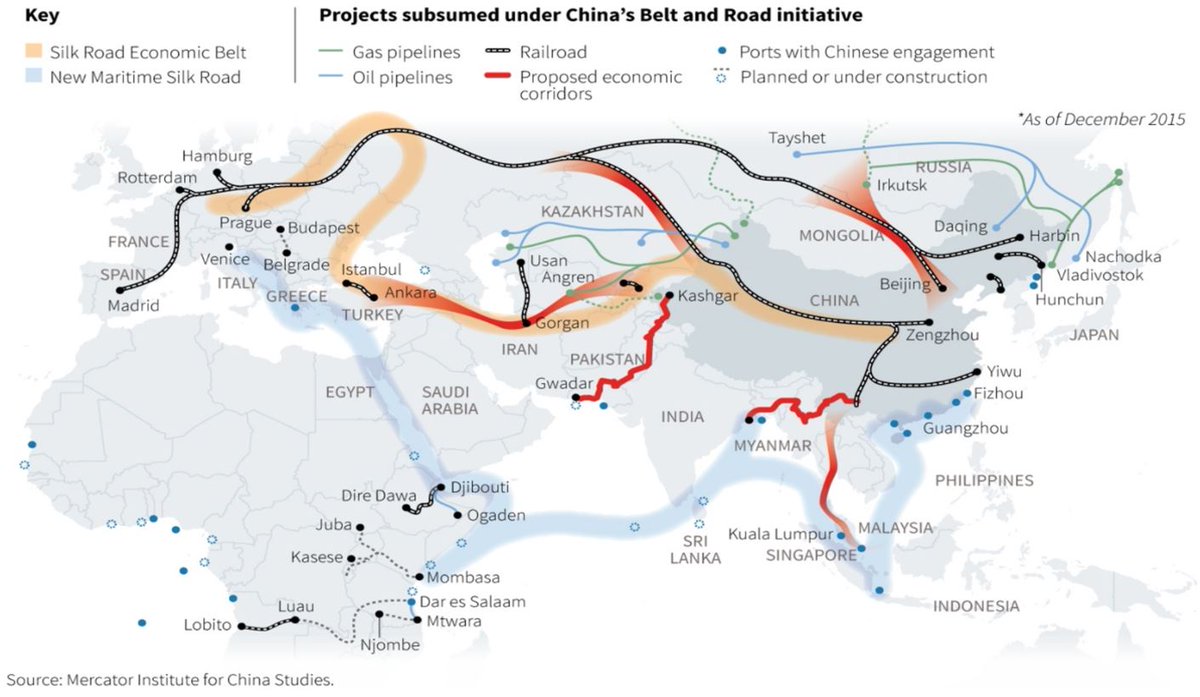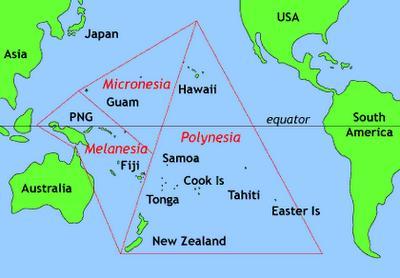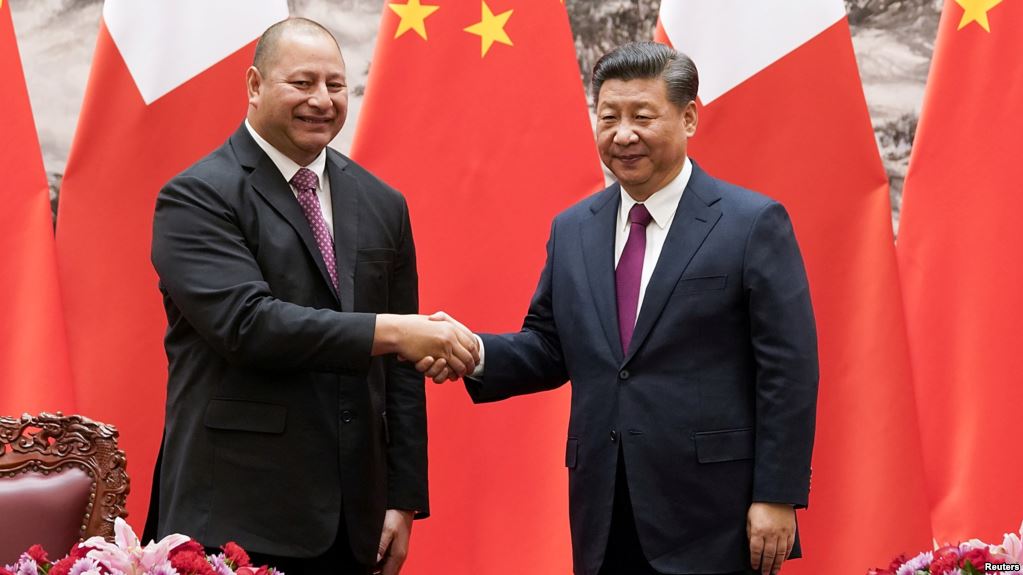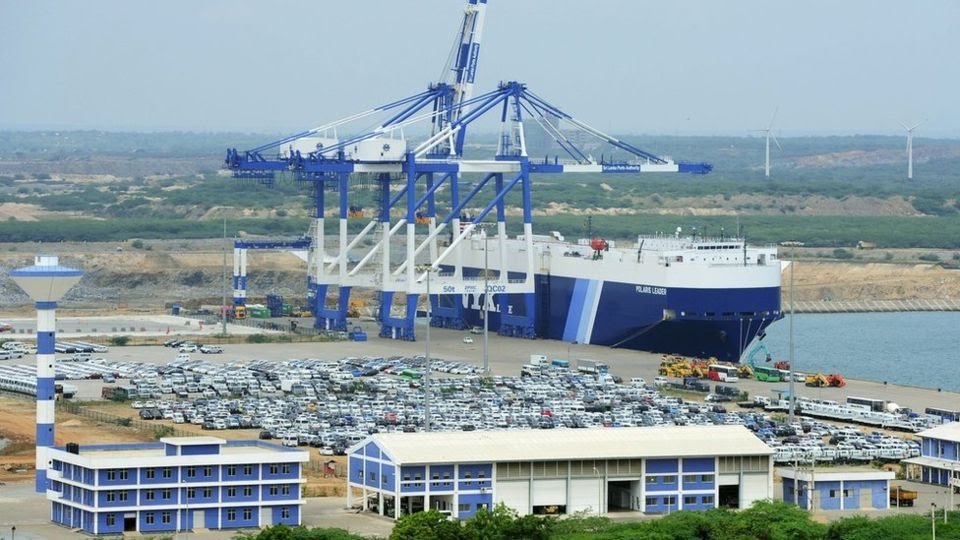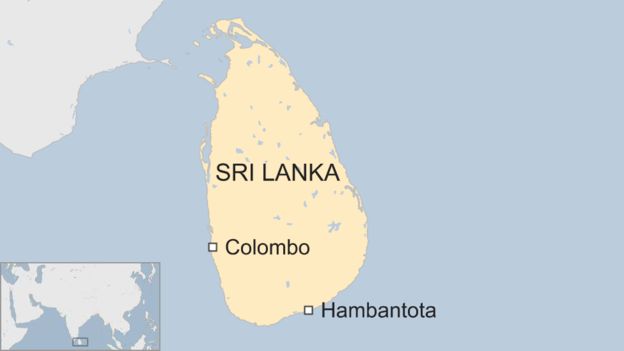We go beyond the usual cases (Sri Lanka, Maldives) to focus on 10 PRC projects across 7 regions & 6 sectors, from facial recognition in Zimbabwe to a wharf in Vanuatu. bit.ly/2Vw46BB
Some takeaways: 1/
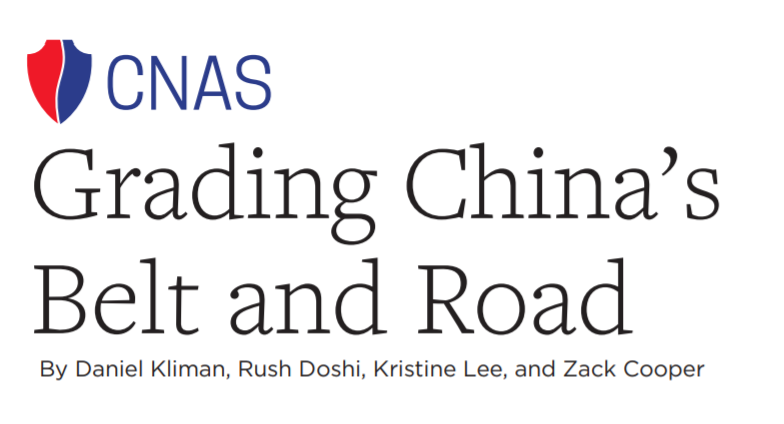
1) Sovereignty-upholding
2) Transparent
3) Financially sustainable
4) Locally engaged
5) Geopolitically prudent
6) Environmentally sustainable
7) Corruption-resistant
2/
Even using this conservative approach, we found PRC projects scored poorly in most cases. 4/

